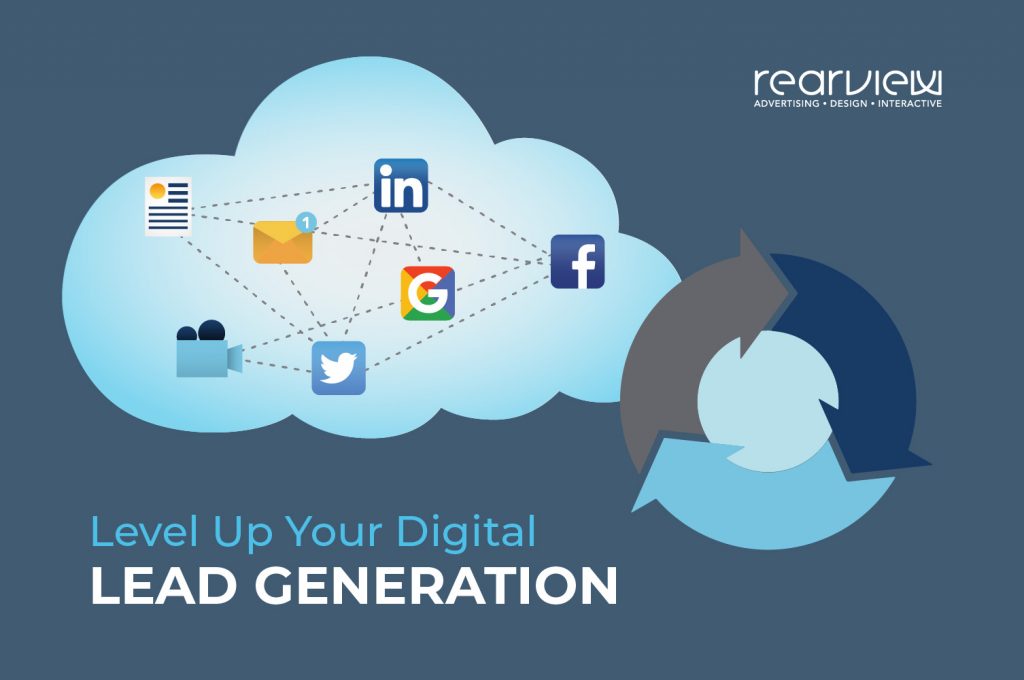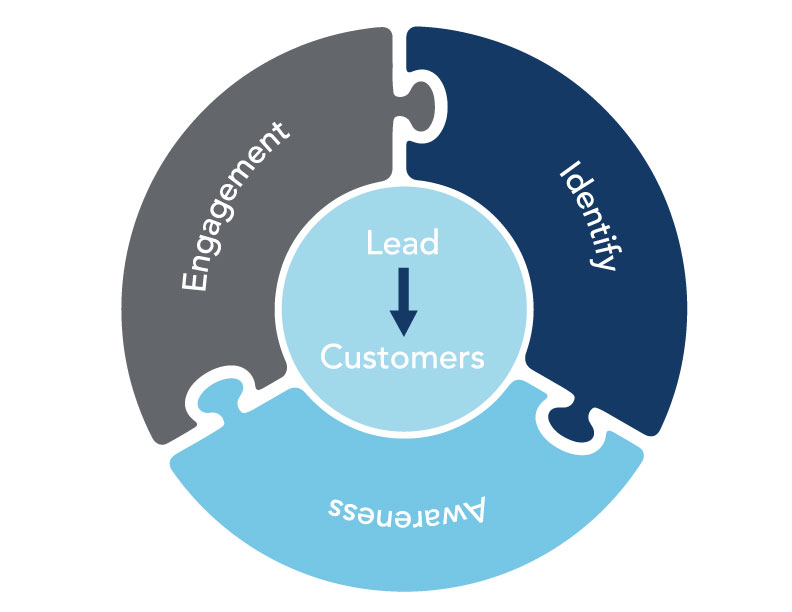March 10, 2020

Generating quality leads for your business is a full-time job. You’re sending emails, writing blogs, and delivering social content – you should be seeing solid results, but for some reason they’re underperforming. In this blog series, we are going to break down digital lead generation, starting with the basics. This guide will help you understand everything from the different types of leads, to how to generate leads on specific platforms, and everything in between.
Already convinced you need some help? Worry not, we are ready to lend a hand.
Lead generation is a process that involves several strategic steps to create a sales opportunity. Companies define leads differently depending on their objectives, however they all stem from one directive.

Your goal is to guide these prospects along a sales process designed to help them achieve their goals, hopefully by buying your products or signing up for your services. While this can differ between companies, it‘s good practice to reach out to leads immediately after they’ve made contact with your company.
For example, say you own a skincare company and you have been running Facebook ads to direct traffic to your website. The landing page associated with your Facebook ads contains a form that allows potential customers to request more information. Once a user has filled out this form, you can consider them a lead and begin to contact them about your offerings. Allowing your potential customers to initiate contact not only invites connection, it also builds the trust they have for your business.
Not all leads are the same, meaning they should not all be treated the same way. We’ve outlined a few different types of leads below.
Marketing Qualified Lead – These are people who have engaged with the marketing efforts of your company. Whether that be reacting to your posts on social media or providing their email address in exchange for a coupon – these people are most likely not interested in hearing from your sales team right away and may need further nurturing.
Product Qualified Lead – These individuals have used a free version of your product or service, yet are not a paying customer. There is a fine line with these customers, as a lot of people are very drawn to the word free but have no interest in paying for the product or service. For free trials, a good way to determine future interest is to note the frequency of use during the free period, or to determine if the users are trying to use aspects of your site that are only available to paying customers.
Service Qualified Lead – This encompasses those who have shown direct interest in being a paying customer. Examples include someone who has been on a free trial and have reached out for information on a paid subscription, or someone who is looking to upgrade their current services.
Sales Qualified Lead – These people have also expressed direct interest in becoming a paying customer. These leads typically request information directly for a particular product or service through website forms or other methods of contact.

Qualified leads come from strategic planning and quality execution. Although every business has a different approach, we’ve created a basic template to get you on the right path.
You know what your products and services are and how to market them, so the next step is deciding who is most likely to interact with your business. A good place to start is with demographics like location, age, and income. This information will allow you to better tailor your campaigns to the people who care the most about your business.
Awareness can be created in all sorts of ways – however, in digital marketing, some of the best methods are email, organic social media, paid online advertising (Facebook and Google are good starters), SEO, and content creation. Be inventive when generating content – you want to stand out!
Every business thinks about this step a little differently. The key is not to dump all of your leads in the same bucket. As we mentioned earlier, someone who likes something on your Facebook page shouldn’t be treated the same way as someone who has filled out a form on your website. Determine a way to score your leads and keep in mind things like source, behavior, and engagement levels. A CRM software tool can help assist in keeping this information in one place.
Once a lead has been qualified by the marketing team’s efforts, it’s time to hand it over to sales. Using this process, it’s more likely that your prospects will convert into paying customers. Yay! Don’t forget about your customers after this point – it’s not just about getting sales, but keeping these new customers happy. Strong customer experience will lead to customer advocates. They’ll spread the word about your business through reviews, referrals, and word-of-mouth.
Now that you know more about lead generation, you may feel overwhelmed by how much work goes into the process. Not to worry, we are here to help! At Rearview Advertising, our team is ready to help you generate more leads through digital marketing services and website conversion optimization, ensuring your company is getting the business growth it deserves.
Contact us for more information on how we can help. Check back to learn how you can level up your lead gen audiences and targeting.